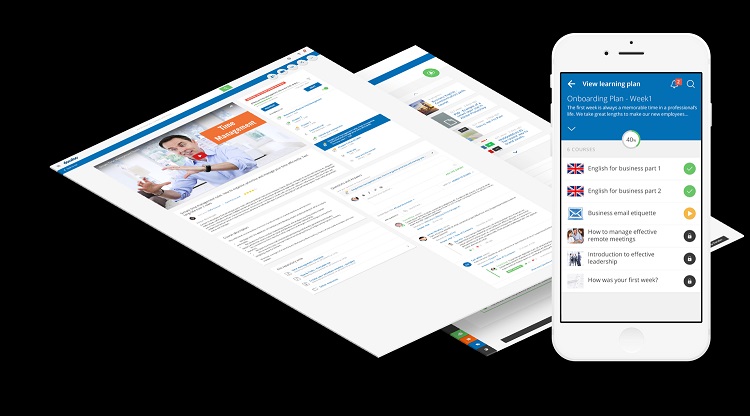Master Exam undoubtedly comes in handy with TOEFL being the international standard of knowledge and fluency in the English language. Master Exam aims to provide a complete introduction and overview of what is included in the TOEFL iBT reading section. Consisting of a wide variety of questions with a total of 36 to 59 questions, the reading section typically lasts for 60 to 80-minutes. With the following guides, you will be armed with the knowledge on how to pass the test and score high.
Understanding the four types of reading passages
Classified into three different types, knowing reading passages in this section will undoubtedly simplify your life. See the following list for detailed information.

Classification passage
A particular topic will be presented to you in the form of a few paragraphs. As the Umaster Exam has noted, each of the paragraphs typically contains a different type of object or subject classification.
Comparing and contrasting passage
This type of passage discusses the differences and similarities of a particular subject. For example, the differences from traveling by a train and a car.
Cause and effect passage
The third type of passage focuses of the cause and effect of a particular topic. In this passage, questions typically revolve around a highlighted subject that is often of a great importance. The cause, and effect of Hurricane Harvey for, instance.
Problem and solution passage
In this type of passage, a crucial situation of an important topic is brought up in discussion. Typically focusing on the challenges of particular topic, potential solutions are offered in order to solve the issue.
As for the types of paragraphs, TOEFL reading section always features one of three different paragraph types. Descriptive, when explaining something related to the topic. Argumentative, when using the writer’s point of view. Last but not least, chronological, in which a paragraph features sequence of events listed in chronological order.

Typical questions following each reading passage
There are roughly 10 different types of question featured in the test. The following is a list of a few concise outlines of questions you may expect to see in TOEFL reading section.
Factual information
Focusing on the facts, definitions, details, and other information presented by the writer.
Negative factual information
Similar to the previously mentioned type of question, the negative factual information is characterized by its liberal use of the words “except” and “not.” To answer, look for one particular answer that is not mentioned in the passage that you have read.
Inference
This type of question measures students’ capability to understand a particular idea that is not listed as exactly as it was previously mentioned in the text. Students are required to deduce.
Vocabulary
Students are asked to properly identify the meaning of an individual word or phrase used in the passage.
Reference questions
Similar to vocabulary questions, the difference lies in the fact that students are instead asked to identify the relations between two or more words in the passage.
Rhetorical purpose questions
Students are asked to acknowledge the reason an author presented the information in the manner that they did so.
There are three other types such as sentence simplification, insert sentences or text, and summary information. To get yourself adequately prepared, visit UmasterExam.com for more information.




